Landscape and garden design can be one of the most enjoyable aspects or property ownership, but it’s more complicated than you might think. Long-term landscaping requires knowledge of your microclimate, overall climate-friendly plants, sun, shade, wind, and even where you plan to walk around the property.
You will want to be certain about where you set perennials (rosemary or shrubs), especially if you plan on adding a tree or too. Don’t rule out some beautiful annuals either (such as sunflowers and tulips), and designate spots that will be easy to access and refill next year. Some plants work well together, while others can be detrimental. Don’t forget your local wildlife either! Plant a pollinator-friendly butterfly garden near your veggies, or deter deer and mosquitos with the likes of marigold and lemon balm.
Going beyond seed catalogs and a tour of your local nursery, it takes significant thought to achieve the look you want, and also to make it grow. There’s many good reasons to plan your landscape for the long term. You’ll want to develop an initial design, build on the things that work, and adapt to the things that don’t over the years.
Landscape Software for Garden Planning
Garden planning can get complicated quickly. It seems like all the different considerations can spiral out of control if you don’t find a way to track them. We recommend using a system that not only plans ahead for spring but also keeps track of what you did last year so you can build on your experience.
One way to simplify the process is to use landscape design software. There are solutions available for almost any price range and software skill level. Whether you are looking to add a few raised beds, plant a sprinkling of flowers or provide drainage with a rain garden–we’ve got some tools for you!
Landscape Software

Flowers add beauty to your home, whether in window boxes or a front yard. The many choices of annual and perrenial can make planning your flower garden more complex, so it’s helpful to visualize you project with some flower garden planning software. You may also want to add shrubs, trees, or features likes rocks and water. Go beyond vegetables with these landscape software programs.
Garden Puzzle (Beginner’s Pick)
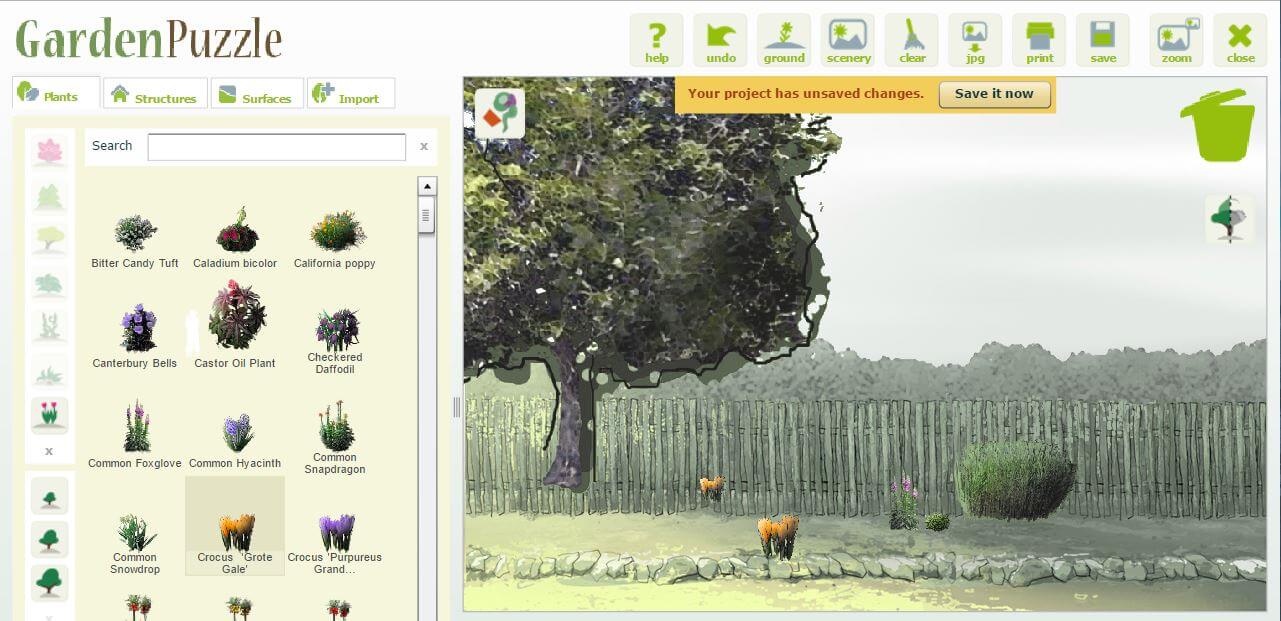
Garden Puzzle has one of the most visually appealing setups we’ve found in garden software. This platform is ideal for detailed landscaping and flower gardens. Instead of a grid-based icon design, the platform offers detailed visuals of a vast array of plants across a realistic looking sketched garden background. Another standout feature of this platform is that trees and shrubs are sized proportionately, allowing for better space planning.
Try it at Garden Puzzle
My Garden UK
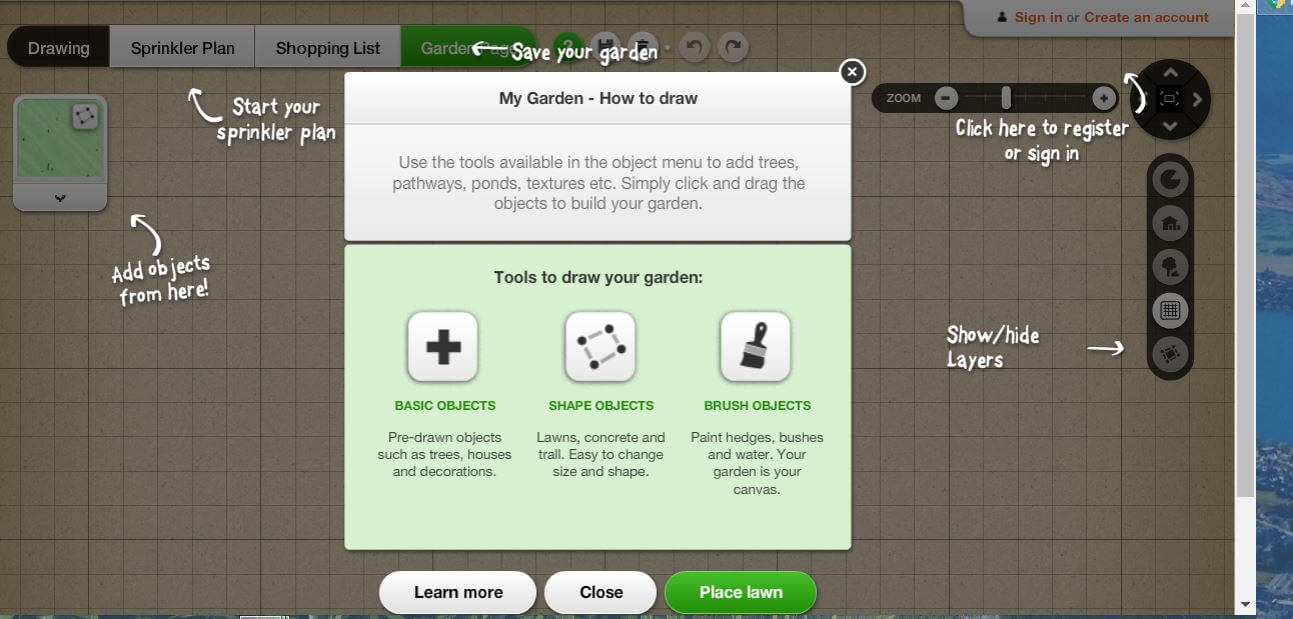
The software interface resembles programs often used by software designers and prototypers with both a depth of content and ease of use. This high-level platform includes pre-drawn objects like trees, and houses, shape objects including lawns and concrete, as well as brush objects like hedges and water features.
Try it at My Garden UK
Marshalls Garden Visualizers
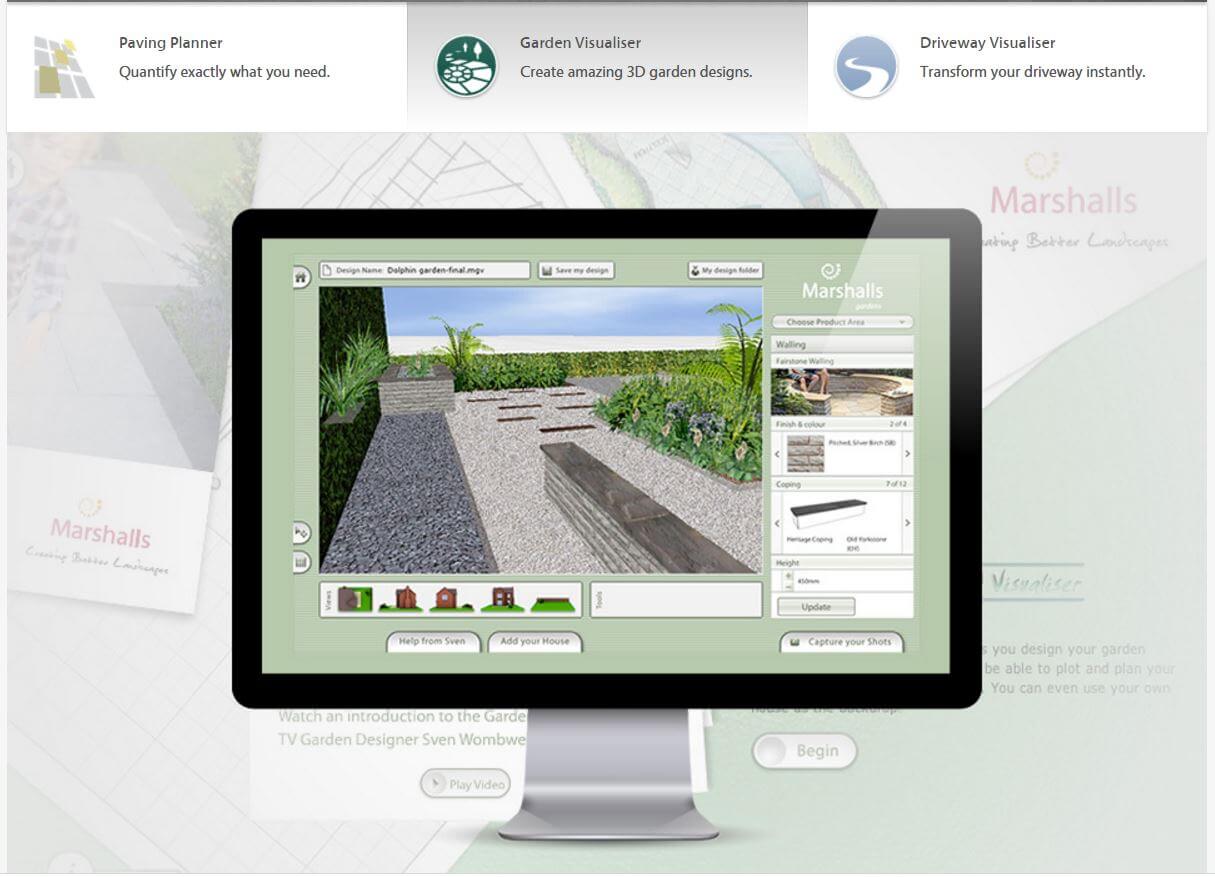
The garden visualizer offers a 3D perspective that isn’t common in many other garden software platforms. The program allows you to add in a photo of your house as a backdrop so you can fully visualize your plans. You may need to update your Adobe Shockwave plugin to run this program.
Try it at Marshall’s Garden Visualizers
Garden Planner 3
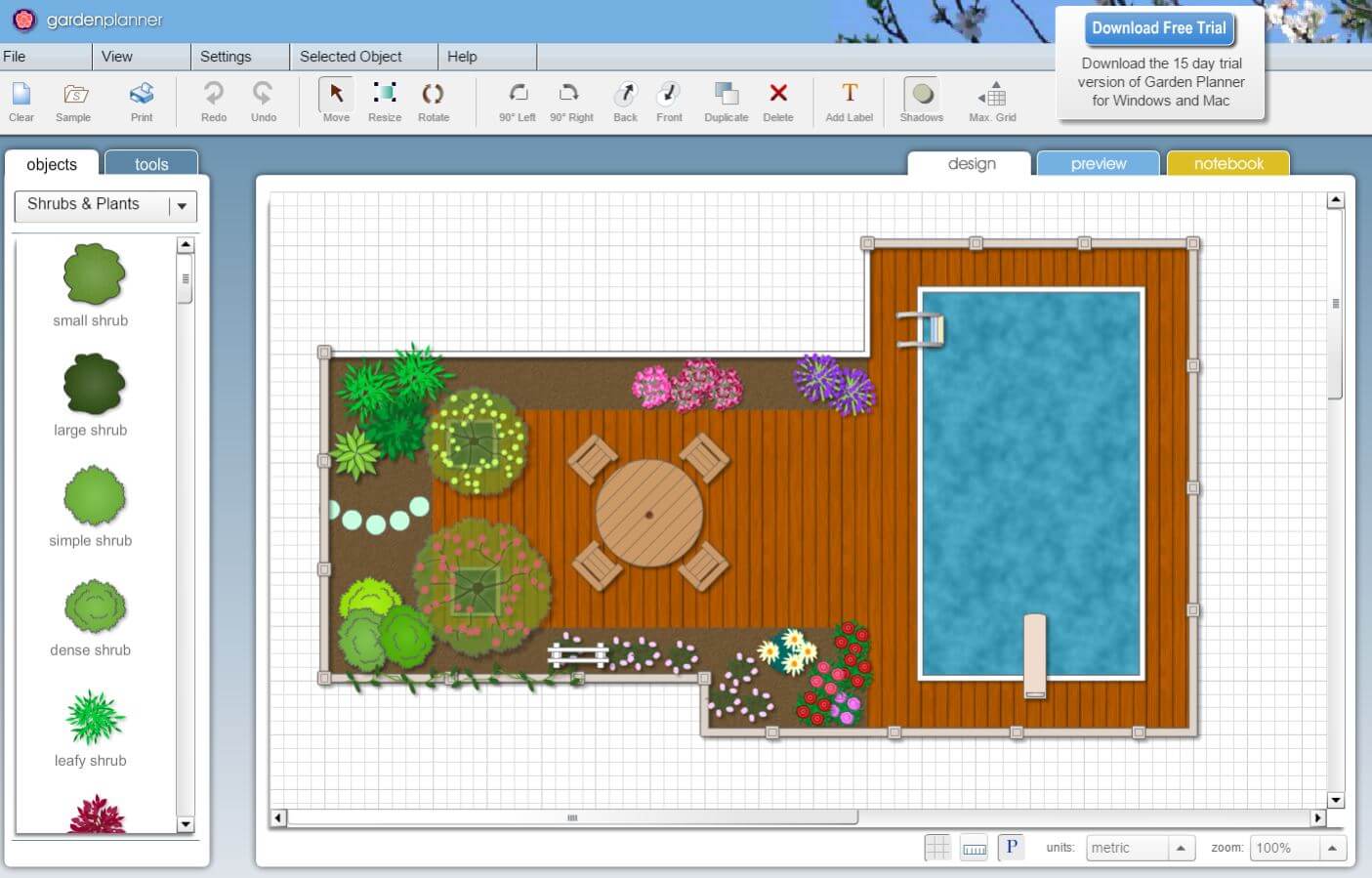
A clean and simple design, this garden software program comes with multiple pre-planned options or the classic DIY. A large variety of flowers and shrubs can be organized around your lawn features including decks and ponds.
Try it at Garden Planner 3
Sketch Up (Pro Landscaping Pick)
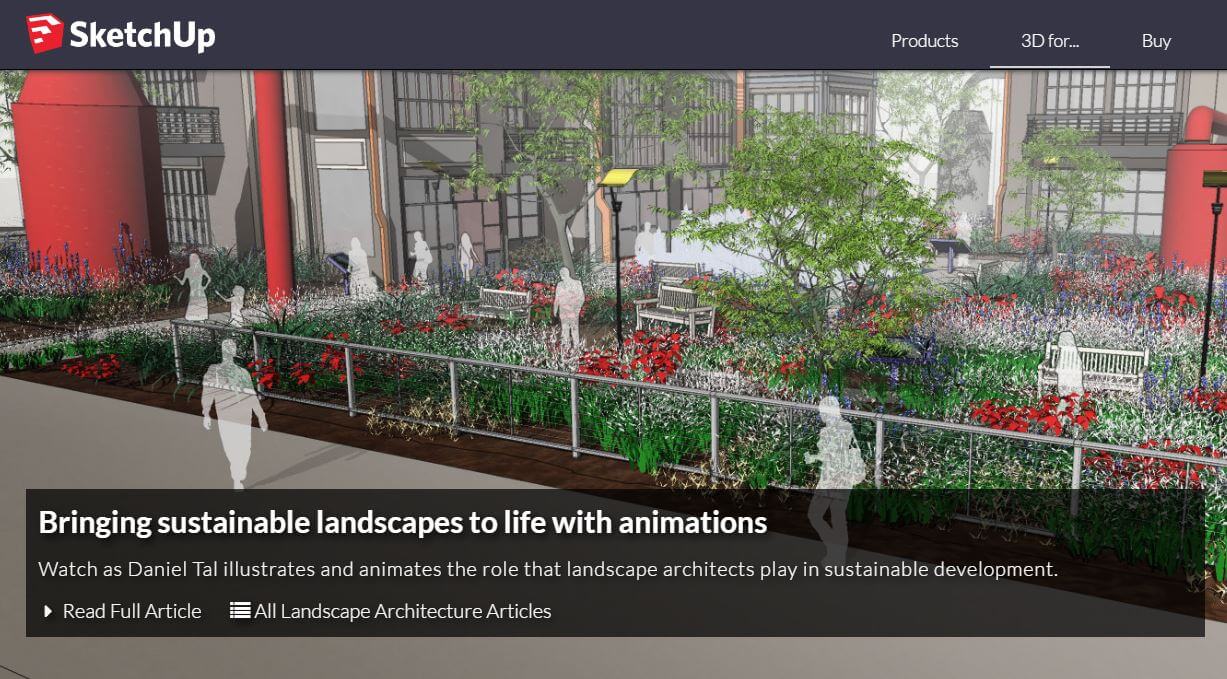 Sketch Up is an advanced tool. The program requires a higher learning curve, but has excellent functionality. This software is made for all types of design projects, and can also help you plan the architecture and design of your entire property.
Sketch Up is an advanced tool. The program requires a higher learning curve, but has excellent functionality. This software is made for all types of design projects, and can also help you plan the architecture and design of your entire property.
Try it at Sketch Up
Better Homes and Gardens Planner
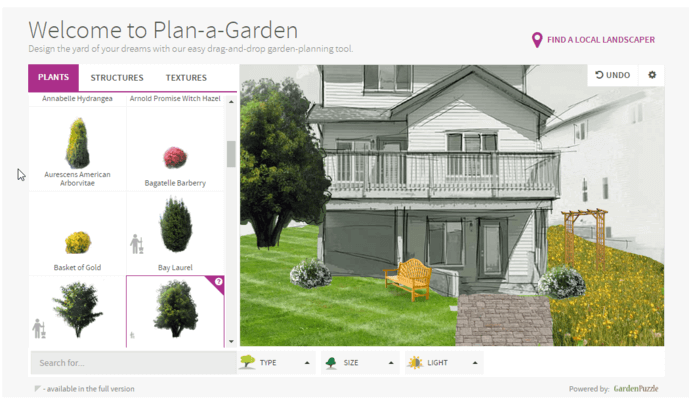
Better Homes and Gardens is a well-known name in landscape design. Their garden planning tool includes common landscaping features like containers, raised beds, ponds, fences, and decks.
Try it at Better Homes and Gardens Planner
Rain Gardens

Rain gardens are a specific type of garden designed to handle rainwater and runoff. These gardens divert water away from your foundation and into thirsty plant roots—so they’re good for your garden and good for keeping your house from falling down.
Since stormwater goes back to the environment, not the sewer, excess drainage can move chemicals and trash from your curb into local bodies of water. Rain gardens keep that stormwater in your garden, not as part of a river of trash headed straight to your area’s rivers and lakes.
Specific plants should be chosen by area, but there are some tools available which may help. We also strongly recommend checking with your local rain garden group, as many areas offer free and low-cost resources to property owners.
NW Rain Garden Plants

You should be able to find your local listing of best rain garden plants. Washington State University provides an example.
Learn more at NW Rain Garden Plants
Infiltration and Sizing Calculators
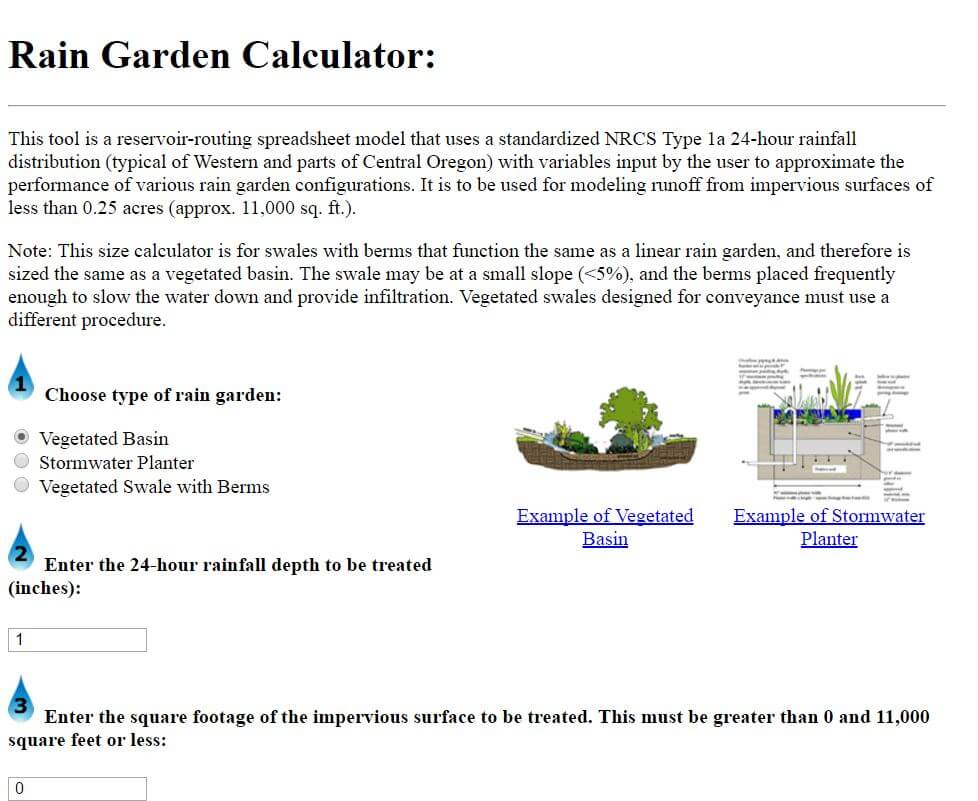
The Oregon State University understands the science behind a rain garden. For those of you with advanced knowledge, they provide moisture infiltration calculators, and well as calculators to determine the best plant and garden size to meet your water needs. You can also hire a local rain garden specialist if you want additional in-depth planning knowledge.
Learn more with Infiltration and Sizing Calculators
Plant Selector Tool

If plant names and appearances are giving you trouble, try this plant selector tool by the USDA. It also helps you narrow things down by region.
Learn more from the Plant Selector Tool





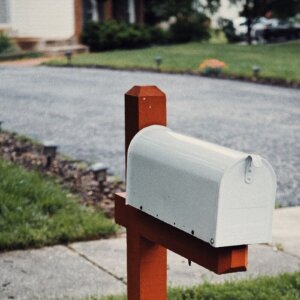







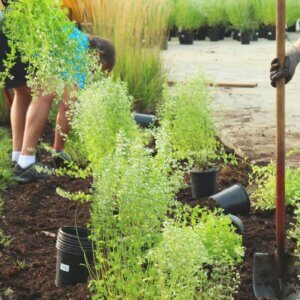

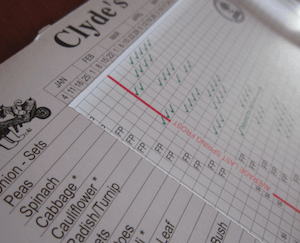
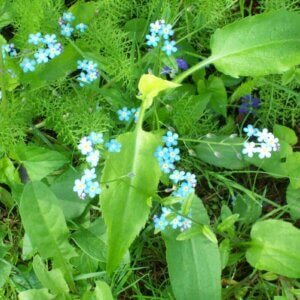





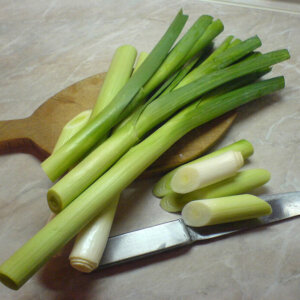
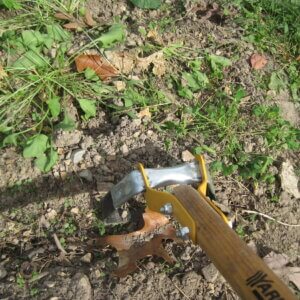

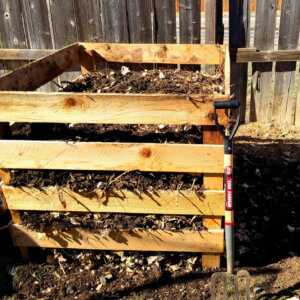
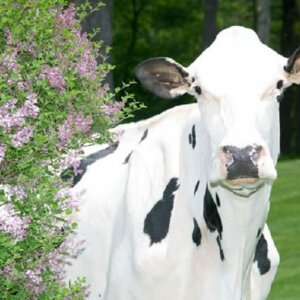
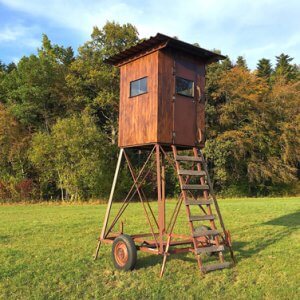
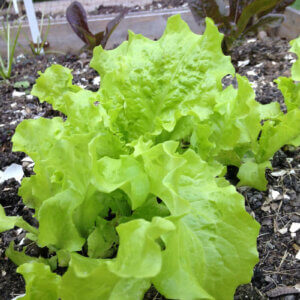
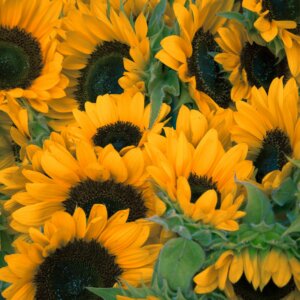




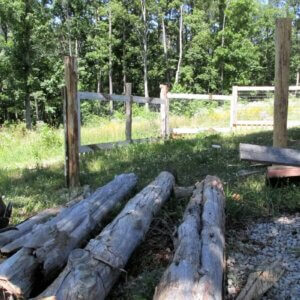
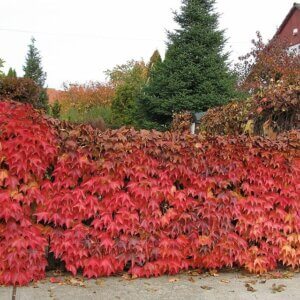
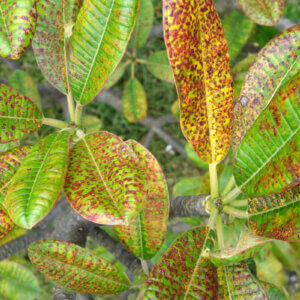




Leave a Reply